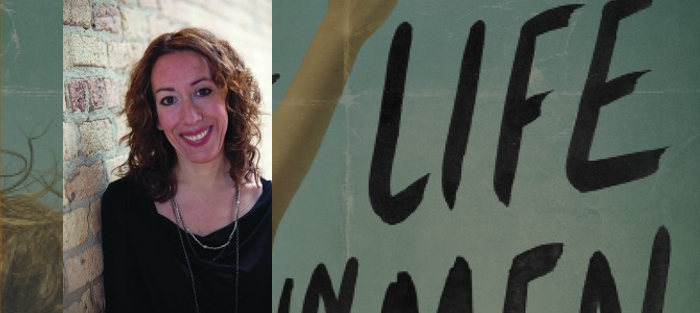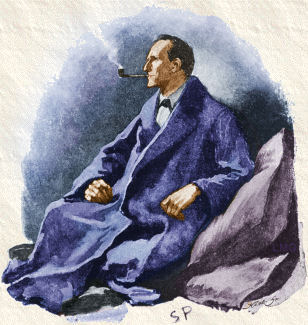Gina Frangello’s new novel A Life in Men (Algonquin, 2014) is the story of Mary, the sheltered daughter of adoptive parents from a small Ohio town. At seventeen, she is diagnosed with Cystic Fibrosis—a condition certain to shorten her life. During her college years, Mary’s world-view is blown wide open by Nix—a childhood friend turned globetrotting free spirit. When Nix learns of Mary’s diagnosis, she insists that the two of them take a summer trip to Greece. The Greece trip initially strengthens their bond, then takes a tragic turn and forces an even greater distance between them.
Shortly after Greece, an even greater tragedy befalls the women: Nix is killed in the Lockerbie bombing. Mary can’t help but suspect that fate has pulled some kind of cruel bait-and-switch. After all, wasn’t she the one meant to die young? Rather than scare her into caution, Nix’s untimely death whets Mary’s appetite for sex, travel, and adventure. She moves to London and lives a life that picks up right where Nix’s left off, at times even assuming her dead friend’s name.

What follows are Mary’s years of living dangerously—an attempt to enjoy her short life with abandon, as Nix would have wanted. From London, she follows an acrobat boyfriend across Europe, Asia, and Africa. She returns to America, but soon grows restless and seeks out her biological father in Mexico. When serendipity delivers what appears to be the perfect husband—a charming doctor who reemerges from a chance encounter years earlier, and now specializes in treating Cystic Fibrosis—all the signs point toward settling down. But once Mary reconnects with her long-lost biological brother living in Amsterdam, she can’t resist making up for lost time. Soon, she’s off to Morocco with acquaintances old and new, on a trip that she promises will be her last.
While Mary’s story is certainly the “life” in question, Frangello does a tremendous job with the “men” of the book’s title. By way of one husband, a long-lost father, a reacquainted brother, and a motley crew of boyfriends and lovers, the author creates an ensemble cast that would be impressive even for a novel twice this size. Through their various admixtures of love, lust, self-interest, weakness, and genuine sympathy, the men that come in and out of Mary’s life season the novel as much as the mountains, deserts, and beaches of the exotic settings do.
In its most poignant passages, A Life in Men unpacks the tired clichés about living life to the fullest. When Mary uses her disease to explain one of her indiscretions—“I was just trying to live every day like it might be my last”—her brother’s reply is telling:
And then there’s Nix—the character that’s both absent and present on every page of the novel. The catalyst for all her wanderlust, Nix is a sort of Dean Moriarty to Mary’s Sal Paradise. By the later chapters, it’s often difficult for the reader to put Nix upon the same pedestal that Mary does, but she remains necessary to explain Mary’s actions—particularly those actions that most make the reader cringe.
Funny…if this were my last day on earth, I’d be careful. I wouldn’t go pissing people off…I’d only be that reckless and selfish if I had a long, long time to make amends and repair the damage. I think you’ve got things backward.
Frangello’s novel combines the frenetic energy of a travel diary with the epic, anything-is-possible sweep of a John Irving novel. The way in which it captures the fleeting, lopsided natures first of friendship and later of love is a rare and remarkable feet in fiction. In the end, it serves as an eye-widening exploration of the blessings and the curses of both adventure and everyday life.






